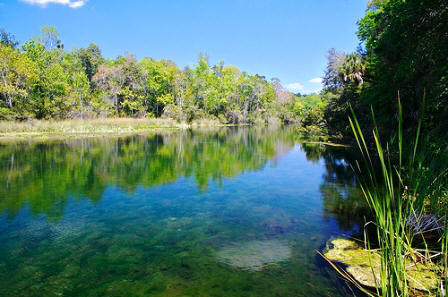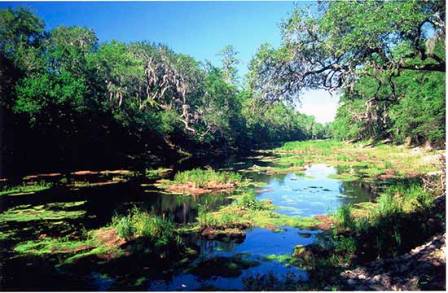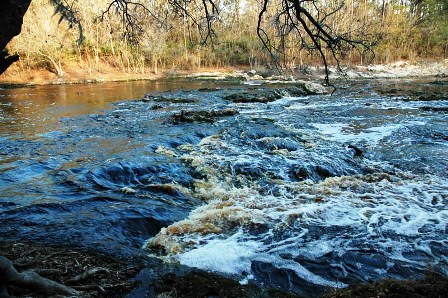Scallop season opens July 1 and is a big draw for Floridians until it ends in September. Scallops are often on the bottom of seagrass beds or in places where the grass meets the bottom.Scallops are hard to spot because their natural coloring allows them to camouflage themselves on the bottom among the tall grasses. Most of the time their shells are open to feed and breath, but as soon as they sense an intruder they slam their shells shut and hide. When threatened, the scallop can swim backwards or up by clapping its shell halves together and rapidly expelling water.
The most popular destinations for recreational scallopers are Steinhatchee, Crystal River and Homosassa. This is because the Florida bay scallop, a bivalve mollusk, grows and lives in the shallow (4 to 10 feet deep) seagrass beds that are common to these areas.
Harvesting is allowed from the west bank of the Mexico Beach Canal in Bay County to the Pasco-Hernando county line near Aripeka. The bag limit is 2 gallons of whole scallops in the shell, or 1 pint of scallop meat per person per day. In addition, no more than 10 gallons of whole scallops or 1/2 gallon of scallop meat may be possessed aboard any vessel at any time.
You may harvest scallops only by hand or with a landing or dip net. Scallopers must remain in the legal scalloping area while in possession of scallops on the water, including the point where they return to land.
When brought to the boat, scallops should be immediately placed on ice in a cooler for the trip to shore unless you decide to clean the scallops while on the water. Scallops are quite sensitive to temperature and will quickly die if they are not kept cold. Even if kept cold, scallops will usually die shortly after being placed on ice, especially if fresh water gets into their shells. Placing them on ice, however, makes them easier to open, because the muscle holding the shells together relaxes. A scallop, clam or oyster knife, or even a teaspoon, can be used to open the shells and cut the white muscle free, discarding the shells and unwanted soft parts.






